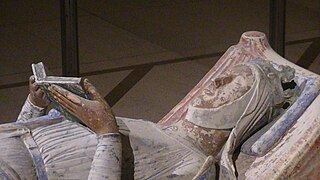
Eleanor of Aquitaine was Duchess of Aquitaine from 1137 to 1204, Queen of France from 1137 to 1152 as the wife of King Louis VII, and Queen of England from 1154 to 1189 as the wife of King Henry II. As the heiress of the House of Poitiers, which controlled much of southwestern France, she was one of the wealthiest and most powerful women in Western Europe during the High Middle Ages.

Rosamund Clifford, often called "The Fair Rosamund" or "Rose of the World", was a medieval English noblewoman and mistress of Henry II, King of England. She became famous in English folklore.

Sharon Kay Penman was an American historical novelist, published in the UK as Sharon Penman. She was best known for the Welsh Princes Trilogy and the Plantagenet series. In addition, she wrote four medieval mysteries, the first of which, The Queen's Man, was a finalist in 1996 for the Best First Mystery Edgar Award.
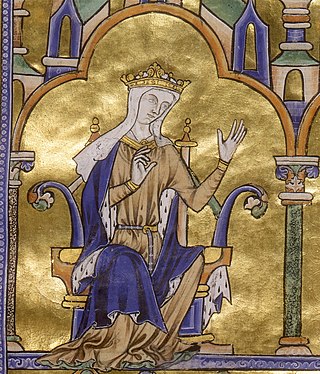
Blanche of Castile was Queen of France by marriage to Louis VIII. She acted as regent twice during the reign of her son, Louis IX: during his minority from 1226 until 1234, and during his absence from 1248 until 1252.

Geoffrey II was Duke of Brittany and 3rd Earl of Richmond between 1181 and 1186, through his marriage to Constance, Duchess of Brittany. Geoffrey was the fourth of five sons of Henry II of England and Eleanor, Duchess of Aquitaine.

Arthur I was 4th Earl of Richmond and Duke of Brittany between 1196 and 1203. He was the posthumous son of Geoffrey II, Duke of Brittany, and Constance, Duchess of Brittany. Through Geoffrey, Arthur was the grandson of Henry II, King of England and Eleanor of Aquitaine, and the nephew of King Richard I of England.
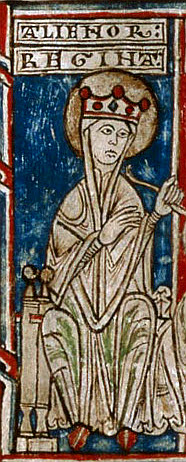
Eleanor of England, was Queen of Castile and Toledo as the wife of Alfonso VIII of Castile. She was the sixth child and second daughter of Henry II, King of England, and Eleanor of Aquitaine. She served as Regent of Castile during the minority of her son Henry I for 26 days between the death of her spouse and her own death in 1214.

Eleanor, Fair Maid of Brittany, also known as Damsel of Brittany, Pearl of Brittany, or Beauty of Brittany, was the eldest daughter of Geoffrey II, Duke of Brittany, and Constance, Duchess of Brittany. Her father, Geoffrey, was the fourth son of Henry II, King of England.
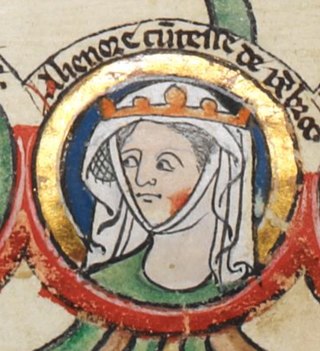
Eleanor of England was the youngest child of John, King of England and Isabella of Angoulême.

The term Angevin Empire describes the possessions held by the House of Plantagenet during the 12th and 13th centuries, when they ruled over an area covering roughly all of present-day England, half of France, and parts of Ireland and Wales, and had further influence over much of the remaining British Isles. It may be described as an early example of a composite monarchy. The empire was established by Henry II of England, who succeeded his father Geoffrey as Duke of Normandy and Count of Anjou. Henry married Eleanor of Aquitaine in 1152, acquiring the Duchy of Aquitaine, and inherited his mother Empress Matilda's claim to the English throne, succeeding his rival Stephen in 1154. Although their title of highest rank came from the Kingdom of England, the Plantagenets held court primarily on the continent at Angers in Anjou, and at Chinon in Touraine.
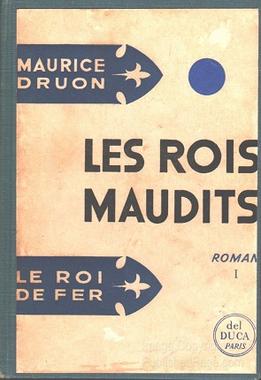
The Accursed Kings is a series of seven historical novels by French author Maurice Druon about the French monarchy in the 14th century. Published between 1955 and 1977, the series has been adapted as a miniseries twice for television in France.

The House of Plantagenet was a royal house which originated in the French County of Anjou. The name Plantagenet is used by modern historians to identify four distinct royal houses: the Angevins, who were also counts of Anjou; the main line of the Plantagenets following the loss of Anjou; and the Houses of Lancaster and York, two of the Plantagenets cadet branches. The family held the English throne from 1154, with the accession of Henry II, until 1485, when Richard III died.
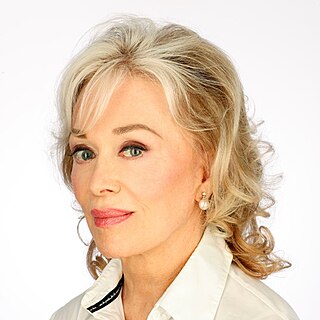
Josephine Blanche d'Alpuget is an Australian writer and the second wife of Bob Hawke, the longest-serving Labor Prime Minister of Australia.

The Lion in Winter is a 1968 historical drama centred on Henry II of England and his attempt to establish a line of succession during a family gathering at Christmas 1183. His efforts unleash both political and personal turmoil among his estranged wife Eleanor of Aquitaine, their three surviving sons, the French king, and the king's half-sister Alais, who is Henry's mistress. The film stars Peter O'Toole and Katharine Hepburn, was directed by Anthony Harvey, written by James Goldman, and produced by Joseph E. Levine, Jane C. Nusbaum, and Martin Poll. Actors John Castle, Anthony Hopkins, Jane Merrow, Timothy Dalton and Nigel Terry appear in support.
Alison Weir is a British author and public historian. She primarily writes about the history of English royal women and families, in the form of biographies that explore their historical setting. She has also written numerous works of historical fiction.
Geoffrey VI was Count of Nantes from 1156 to 1158. He was also known as Geoffrey of Anjou and Geoffrey FitzEmpress. He was the son of Geoffrey Plantagenet and Empress Matilda. His brothers were Henry II of England and William FitzEmpress.
The Devil's Crown is a BBC television series which dramatised the reigns of three medieval Kings of England: Henry II and his sons Richard I and John. It is also known as La couronne du Diable in French.

Devil's Brood is a historical novel written by Sharon Kay Penman, published in 2008, and is the third volume in her Plantagenet series, preceded by When Christ and His Saints Slept and Time and Chance, and followed by Lionheart (2011).

Time and Chance is a historical novel written by Sharon Kay Penman published in 2002 and is the second volume in the Plantagenet trilogy, preceded by When Christ and His Saints Slept and followed by Devil's Brood.

The Angevin kings of England were Henry II and his sons, Richard I and John, who ruled England from 1154 to 1216. With ancestral lands in Anjou, they were related to the Norman kings of England through Matilda, the daughter of Henry I, and Henry II's mother. They were also related to the earlier Anglo-Saxon kings of England through Matilda's great-great grandfather, Edmund Ironside. Their descendants, the main line of Plantagenets, continued to rule England until 1485; some historians make no distinction between the Angevins and the Plantagenets, while others name John's son Henry III the first Plantagenet king.

















